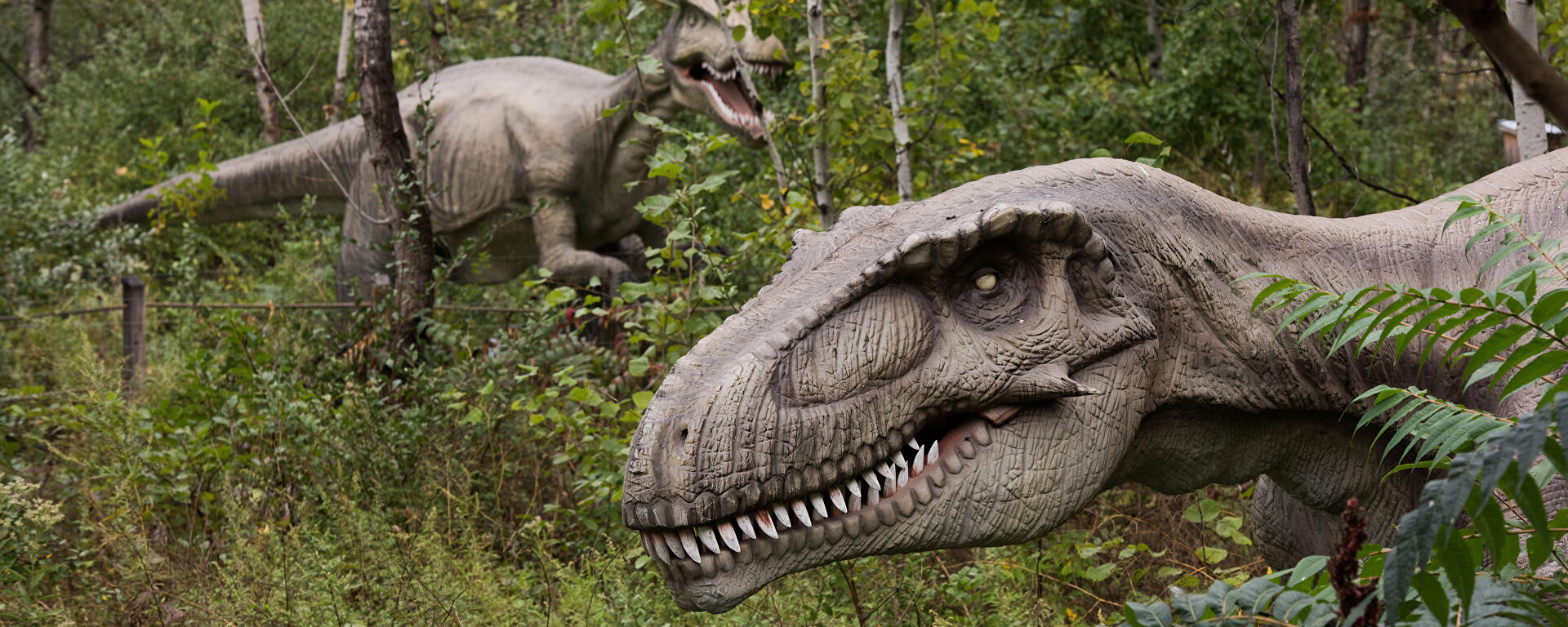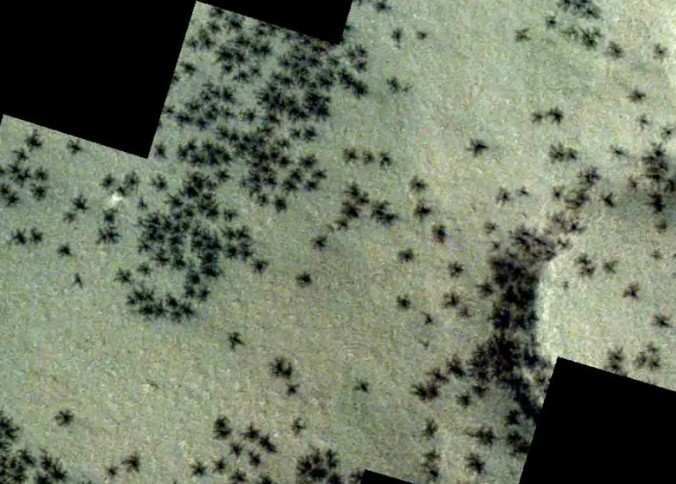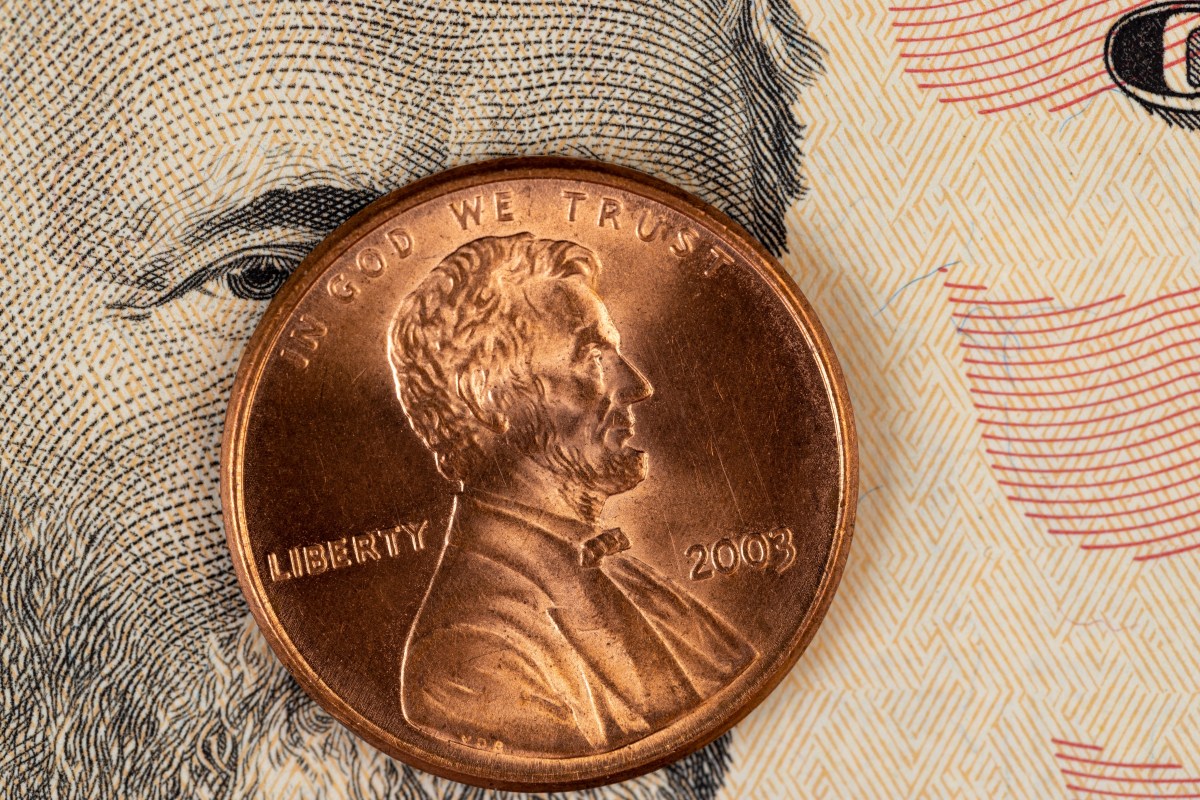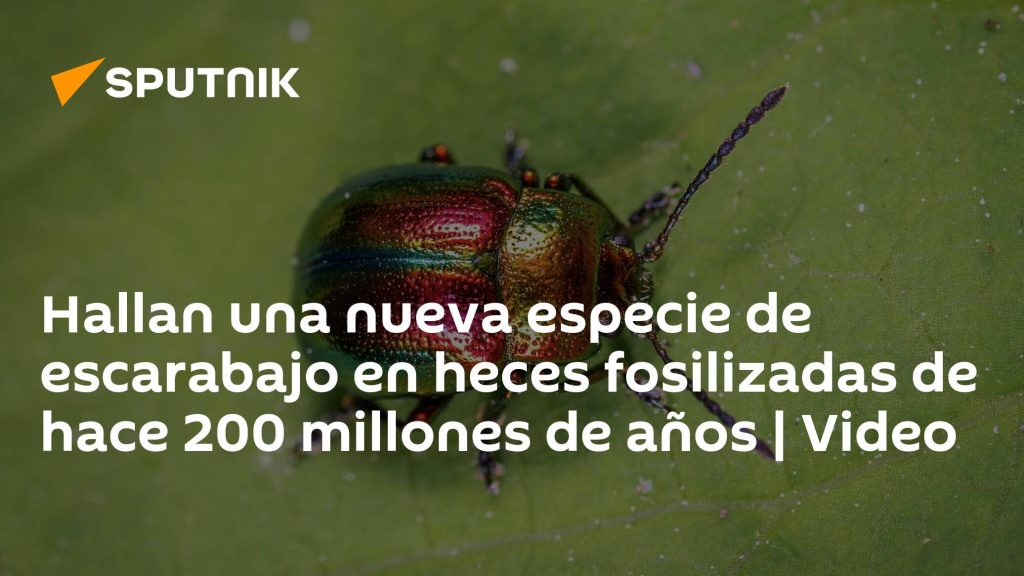https://mundo.sputniknews.com/20210703/hallan-una-nueva-especie-de-escarabajo-en-heces-fosilizadas-de-hace-200-millones-de-anos–video-1113778907.html
New species of beetle found in 200 million-year-old fossil feces | Video
New species of beetle found in 200 million-year-old fossil feces | Video
Like amber, fossilized droppings, or coprolites, can provide a lot of information about extinct animals. Ruth this … 07.03.2021, Sputnik world
2021-07-03T16:47+0000
2021-07-03T16:47+0000
2021-07-03T16:47+0000
Science
fossils
Paleontology
insects
/ html / head / meta[@name=”og:title”]/@Content
/ html / head / meta[@name=”og:description”]/@Content
https://cdnmundo1.img.sputniknews.com/img/07e5/07/03/1113778863_0:254:2734:1792_1920x0_80_0_0_129f170690cc8f7a6c11a5b21c1b8298.jpg
A team of researchers led by Martin Kvarnström from Uppsala University in Sweden created a 3D model of a portion of feces presumed to belong to Silesaurus opolensis in order to learn its diet and dimensions. This dinosaur ancestor inhabited what is now Poland between 237 and 227 million years ago, in the Triassic period. What caught the attention of paleontologists were the well-preserved fossils of the beetle inside the coprolite. The insects’ legs and antennae were completely intact. Upon closer examination with synchrotron microscopy, the study authors concluded that they belonged to a never-before-seen species, which they named Triamyxa coprolithica. Its name refers to the Triassic period and the fact that it belongs to the Myxophaga suborder. The 1.5-millimeter beetle “likely lived in humid or semi-aquatic environments, just like its modern relatives.” The researchers believe that this discovery could contribute to learning more about the early evolution of these insects, as the massive formation of amber only began in the Upper Cretaceous period, or between 100 and 66 million years ago. It had a kind of beak on the tip of its jaws that it used to get insects out of the ground. But while that dinosaur specimen swallowed several specimens of T. coprolithica, it’s possible that it also fed on larger insects. The droppings also contained small pieces of other foods.
https://mundo.sputniknews.com/20210702/sugieren-que-el-asteroide-que-mato-a-los-dinosaurios-no-tuvo-la-culpa-de-su-extincion-1113736407.html
2021
News
es_ES
https://cdnmundo1.img.sputniknews.com/img/07e5/07/03/1113778863_3:0:2734:2048_1920x0_80_0_0_f7be0c8ea28a34e2ca70b015674e5e58.jpg
Paleontology, paleontology and insectsحشر
Like amber, fossilized droppings, or coprolites, can provide a lot of information about extinct animals. This dinosaur’s dung has been hiding a veritable treasure: an unknown species of beetle for more than 200 million years.
A team of researchers led by Martin Kvarnstrom, of Uppsala University in Sweden, has created a 3D model of a portion of stool that is presumed to belong to Celsaurus opulensis In order to know its diet and dimensions. This dinosaur ancestor inhabited what is now Poland between 237 and 227 million years ago, in the Triassic period.
What caught the attention of paleontologists is Well-preserved fossils of beetles That was inside the coprolite. The insects’ legs and antennae were completely intact.
Upon closer examination with synchrotron microscopy, the study authors concluded that they belong to a Ocean I’ve never seen it beforewhich they baptized Triamexa Coprolithica. Its name refers to the Triassic period and the fact that it belongs to the suborder Mixofaga.
The 1.5-millimeter beetle “likely lived in humid or semi-aquatic environments, just like its modern relatives.” Researchers believe the findings could contribute to Learn more about early development Of these insects, which is that the massive formation of amber began only in the Upper Cretaceous period, or between 100 and 66 million years ago.

They suggest that the asteroid was not the cause of the extinction of the dinosaurs
It is believed that Celsaurus opulensis He had a kind of beak at the tip of his jaws that he used to pry insects out of the ground. But while this dinosaur sample ate several samples of T. coprolithicaIt can also prey on larger insects. The droppings also contained small pieces of other foods.
“This dinosaur did some fieldwork for us,” Kvarnstrom jokes. Detective Confirms He and his team “couldn’t find these insects any other way.”



:quality(70):focal(917x454:927x464)/cloudfront-us-east-1.images.arcpublishing.com/elfinanciero/IK6YWCPEYFBRRFEKOPGFRQXC54.jpg)





More Stories
ESA captures mysterious spider shapes on Mars
How can you record your video calls on WhatsApp? This is how it's done on Android – Teach Me About Science
Retro Nintendo games are coming to iPhone: how to install them